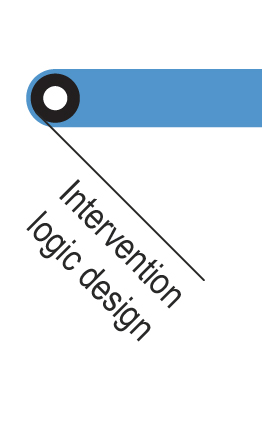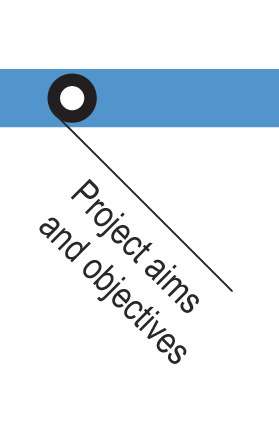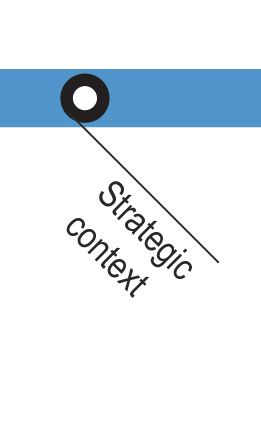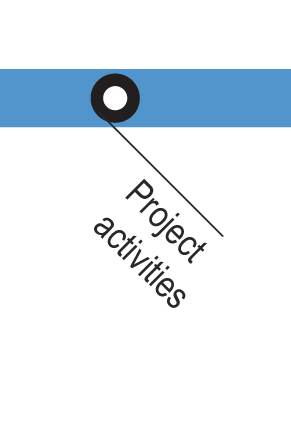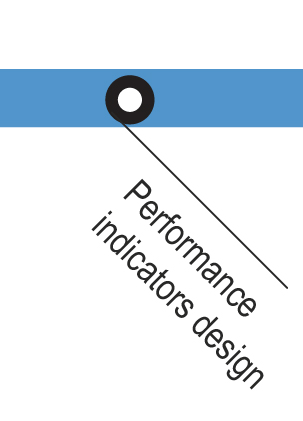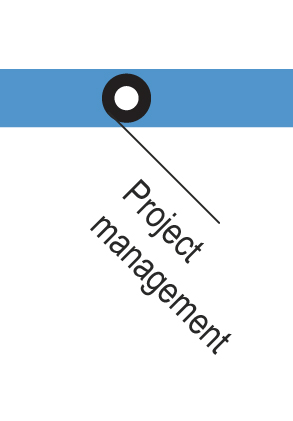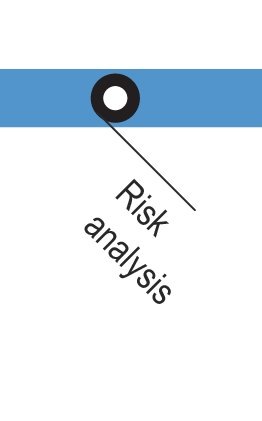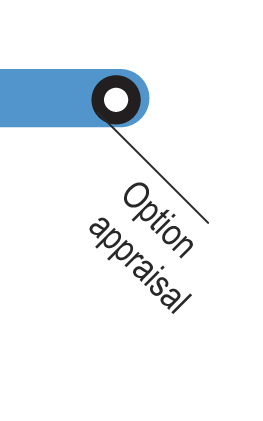
SPECIFYING THE STRATEGIC CONTEXT and identifying the relationship of your project to the existing policy and strategy objectives is key for paving the way to a successful approval and, if required, funding application.
Your project might relate to strategies and policies at the local, national and European level it is important to identify them at all levels to demonstrate the relevance of your project. This task is about identifying the most fitting policies and strategies and outlining clearly how your project could be an effective contributor towards achieving their aims and objectives so that you can demonstrate that your project is worth implementing. This is also instrumental for gaining support from decision makers.
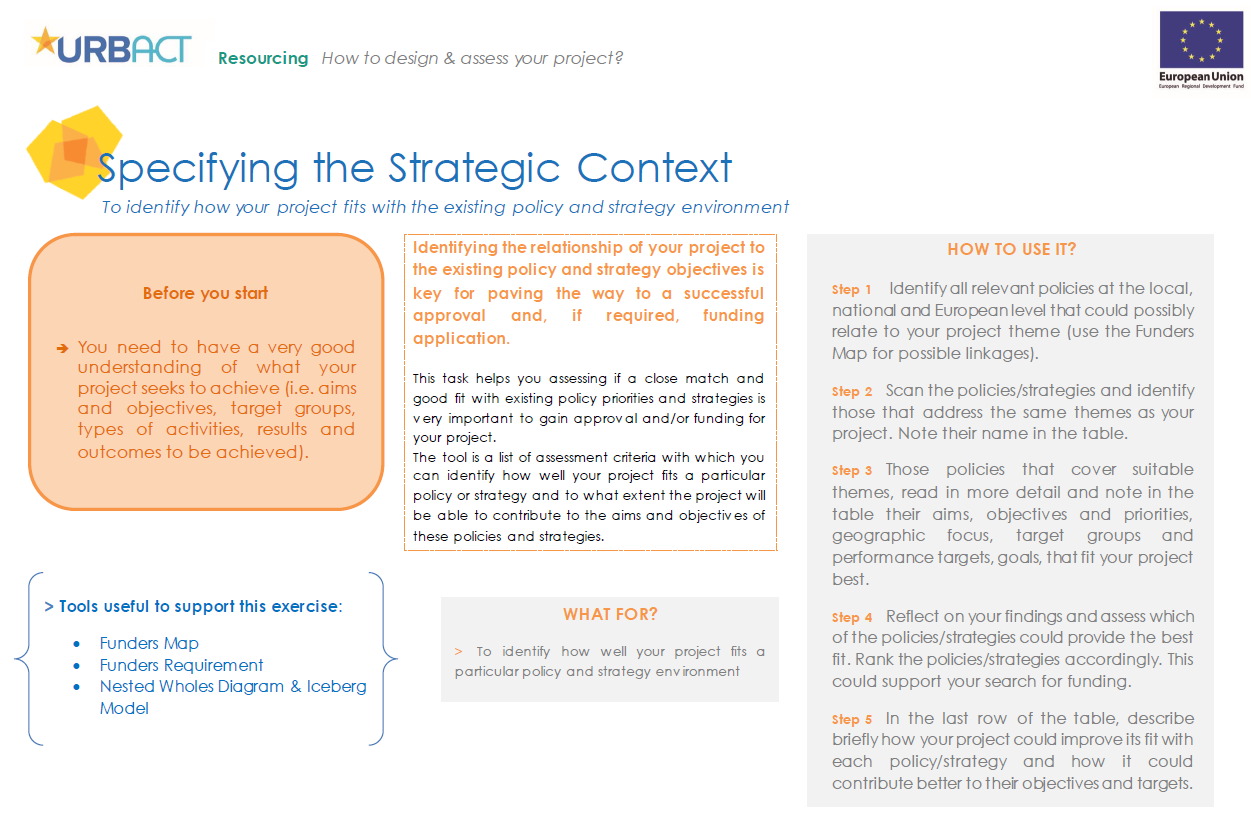
The tool is a list of assessment criteria with which you can identify how well your project fits a particular policy or strategy and to what extent the project will be able to contribute to the aims and objectives of these policies and strategies.
| Who is the tool for? | When should the tool be used? |
| Project Design Team | When you have identified and evidenced the need for your project and when you have clarity about the aims and objectives of the project, its location and target groups and anticipated results and outcomes. |
Click on the stations to navigate throught the Project line!
Key challenges of the step
- In addition to policies and strategies, funding programmes have their own sets of aims and objectives and care needs to be taken to align your project also to their performance targets, to demonstrate that the project will be instrumental in helping to achieve the ambitions of this particular programme or funder's aims.
- In addition, your project will be implemented in context of other existing or evolving projects and initiatives. Although challenging, it will be benefital if these linkages could also be specified so that you can show an integrated approach of your project. This could potentially also lead to achieving synergies with other projects that address the same needs and/or working with the same target groups as your project for example.
Main risks
- If you don't manage to identify relevant policies/strategies, you could loose out on potential funding opportunities.
- There is a permanent risk that the strategy environment is changing, some priorities might be changed or new ones added. It is therefore important to track and monitor the policy developments and review the strategic fit of your project at times.
Helpful tips
- It is important to focus your analysis on how well your project will be able to help deliver the one or the other existing policy or strategy objectives. The more you can demonstrate a close match, for example that your project will be able to produce outcomes that have so far not been addressed by any other project, but which are an important priority of a given policy or funding regime, the higher is the likelihood that your project might be approved for implementation and funding.
- The strategic context in which your project will operate might have already been established and reference should be taken from there.
- Speak to colleagues with experience in the policy and strategy environment, they might be able to signpost you to a number of relevant websites where you can access the most promising policy and strategy documents.
- Try and avoid summarising the text of the policy/strategy you are reading, be pragmatic and focus on identifying how your project will be able to contribute to their aims, objectives, outcomes and targets.
- Don't forget to consider the location and the target groups of your project - these can often be of considerable relevance in policy and strategy priorities.
- You can also use the strategic fit assessment to identify how your project might fit policies or funding programmes better, by adding a distinct project activity, target group or such like.
-
m3_3_specifying_the_strategic_context_0.pdf(PDF, 311Ko)

